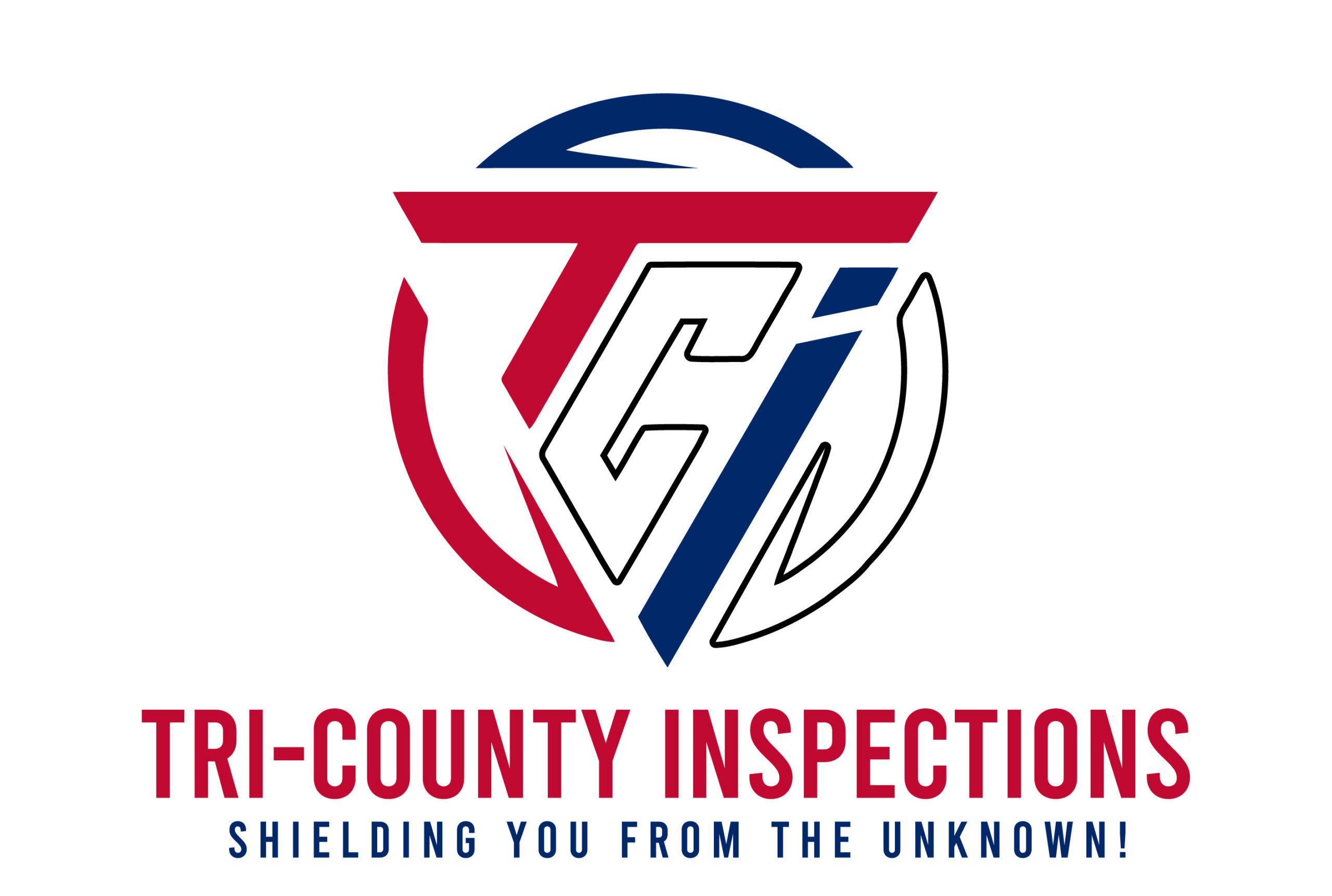Lead
Starting in 1996, federal regulations required landlords and sellers of single family homes built before 1978 to notify renters and buyers about potential lead hazards. This requirement has raised concerns for everyone.
The regulation affects homes built before 1978 because that is when the manufacture of lead-based paint was banned. Lead-based paint was used almost universally in homes until the 1950s and was used to a lesser degrees in the 1960s and 1970s. If you buy a home built before 1978, you will be given an excellent booklet, “Protect Your Family from Lead in Your Home.”
The main concern with lead is that exposure can harm young children, babies, and even unborn children. People can get lead in their bodies by breathing or swallowing lead dust or by eating soil or paint chips with lead in them. If you think your home may have lead hazards, call the National Lead Information Center at 1-800-424-LEAD to obtain free information.
Lead-based paint that is in good condition is usually not a hazard, but peeling, chipping, chalking or cracking lead-based paint is a hazard that needs immediate attention. Friction and rubbing points on windows and doors raise the biggest concern. Remodeling and paint removal can increase the risk if the lead-based paint is not handled properly.
Good housekeeping techniques can help reduce the risks of existing lead-based paint surfaces. Clean up paint chips immediately. Clean floors, window frames, windowsills and other surfaces weekly. Use a mop or sponge with warm water and a general all-purpose cleaner or a cleaner made specifically for lead. Thoroughly rinse sponges and mop heads after cleaning.
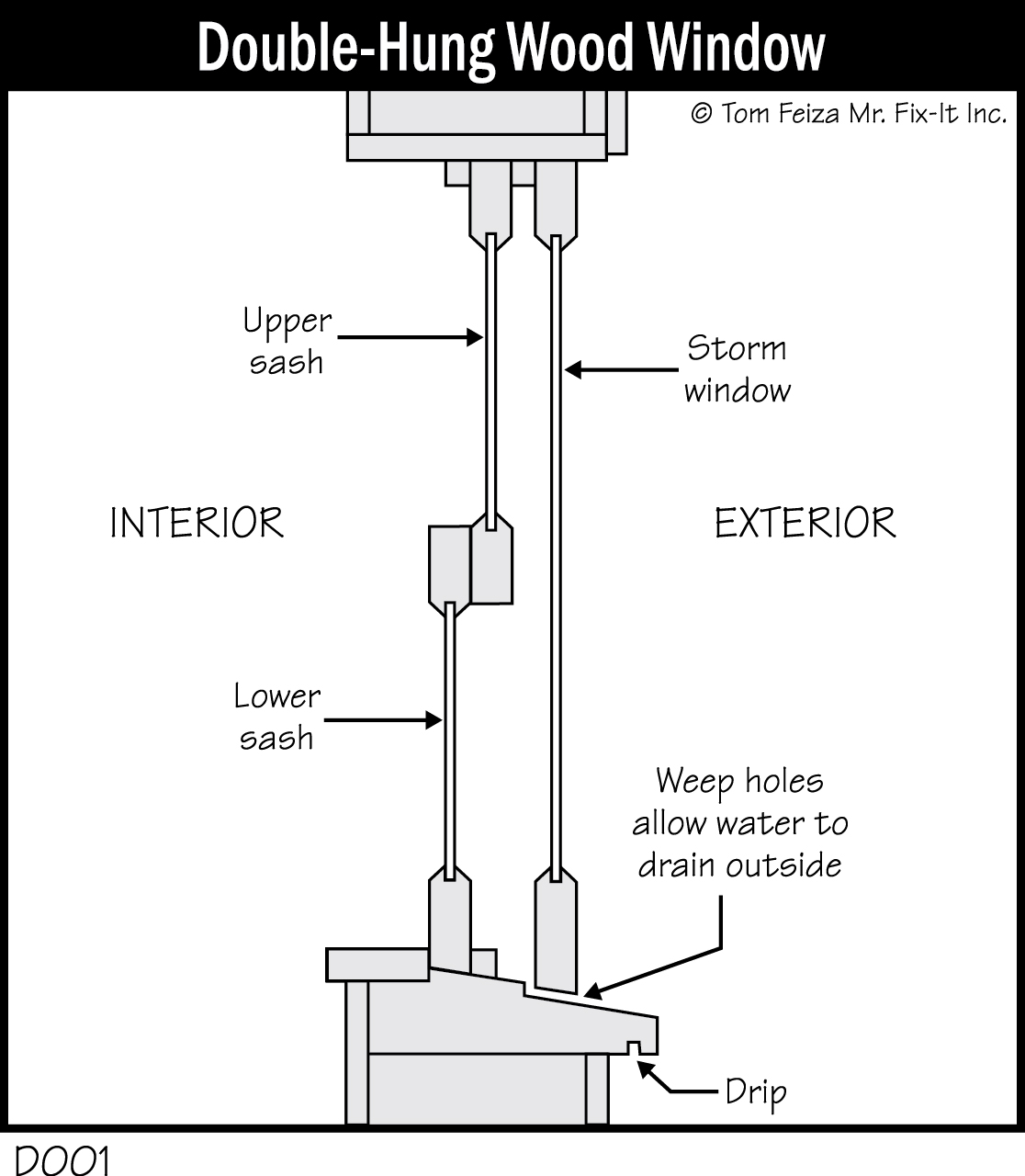
Wash children’s hands often, especially before they eat and before naps and bedtime. Keep children from chewing windowsills or other painted surfaces.
Lead can also be present in drinking water. Call your local health department or water supplier to find out about testing your water. If your water supply does have lead, follow the recommendation of the local water supplier.
For more information, contact:
- The National Lead Information Center at 1-800-424-LEAD [5323]
- Your local health department
- The Consumer Product Safety Commission
- The Environmental Protection Agency (EPA)
Asbestos
Asbestos was often used in building materials until the 1970s. However, the mere presence of asbestos in your home is not hazardous. The danger is that asbestos materials may become damaged over time; damaged asbestos may release asbestos fibers that present a health hazard.
Studies show that people exposed to high levels of asbestos fibers have an increased risk of cancer and asbestosis. The risk increases with the number of fibers inhaled. Smokers are also at increased risk.
You may find asbestos fibers in pipe and duct insulation, resilient floor tiles, cement sheeting and shingles, soundproofing, joint compounds, and many fireproof or fire-resistant materials. The only way to determine whether a building material contains asbestos is to have it sampled and tested by a qualified lab.
If you think you have asbestos in your home, don’t panic. Usually the best thing you can do with asbestos materials in good shape is to leave them alone. Repairs or remodeling must be done properly to avoid disturbing these materials. Do not sweep, dust or vacuum debris that may contain asbestos; these steps may release asbestos fibers into the air.
For more information, contact:
- Consumer Product Safety Commission
- Environmental Protection Agency
- American Lung Association
- Your state and local health departments
Radon
Radon is a radioactive gas that has been found in homes all over the U.S. It comes from the natural breakdown of uranium in soil, rock and water, and it gets into the air we breathe. Typically, radon moves up through the ground and enters a home’s foundation through cracks and holes. Your home can trap this radon.
Testing is the only way to know whether you and your family are at risk from radon. You cannot see, smell or taste it. Breathing air containing radon increases your risk of getting lung cancer. If you smoke and your home has high radon levels, your risk of lung cancer is especially high.
You can conduct a radon test using a small charcoal canister or alpha-track detector. Test kits are available through hardware stores, and the cost usually includes lab analysis. The most accurate testing procedure follows EPA testing requirements. You can also hire a professional testing firm, but make sure it is registered with the EPA and that it follows EPA guidelines. A professional test will cost about $100.
A short-term test over two to four days provides only a quick snapshot of the radon levels in your home. A much better test is a long-term test conducted over more than 90 days.
If excessive radon is present, a common solution for a home with a drain-tile system is a sub-slab depressurization system. It removes radon from below the slab.
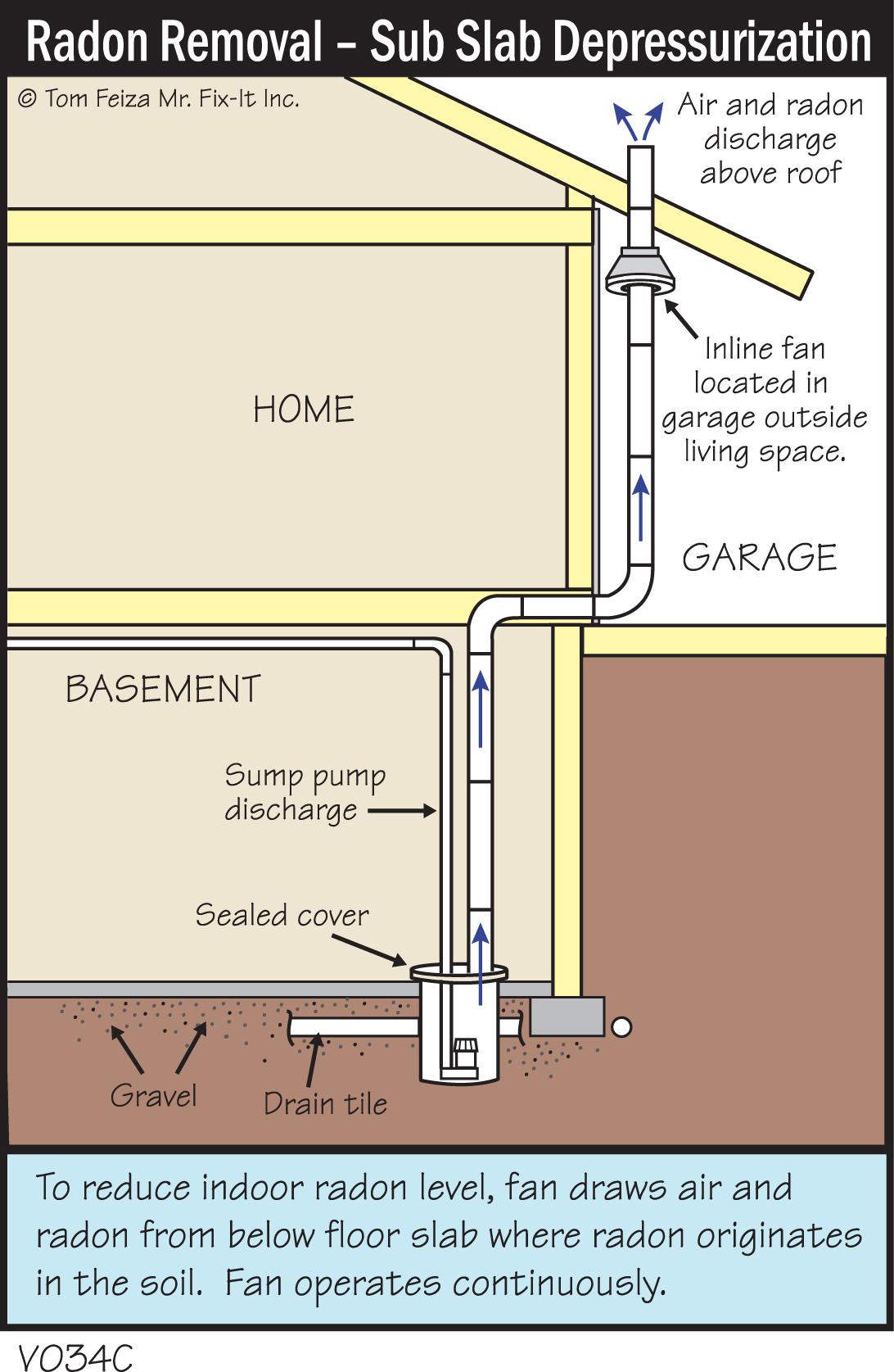
Radon can also be present in your drinking water. Contact your water supplier for specific information. You can receive more information on radon from several local and federal sources.
For more information, contact:
- The Environmental Protection Agency
- State or local health departments
- The American Lung Association
Carbon Monoxide
Carbon monoxide (CO) should be a concern for all homeowners. The government estimates that 300 people are killed by CO in their homes each year. CO is called a silent killer because it has no taste, color or odor. Almost all CO problems are caused by poor maintenance or improper use of fuel-burning equipment.
You can take simple precautions to protect your family by understanding CO and by properly maintaining combustion equipment in your home.
CO is produced when fuel is burned. Fuel-burning appliances such as your furnace are potential sources. Properly maintained appliances produce very little CO and will not cause a problem. However, improperly operating appliances, your auto, or any non-vented indoor fire can cause CO poisoning.
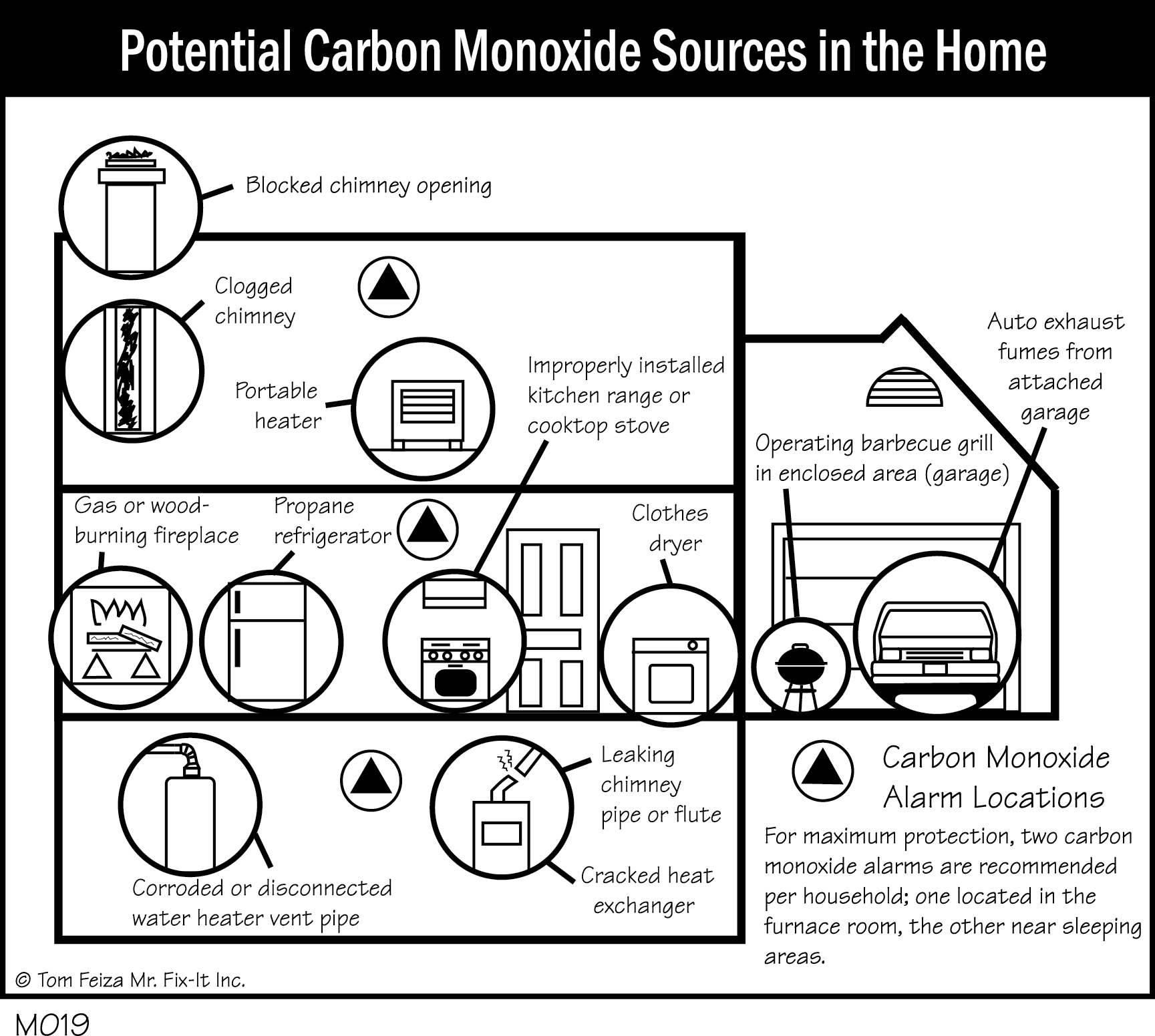
Proper maintenance of fuel-burning appliances is essential. This includes the furnace, water heater, gas clothes dryer, fireplace, and even a gas range or space heater. All of these appliances should be used as designed, and all need periodic servicing.
Pay particular attention to furnaces and water heaters. Have them serviced regularly, and routinely inspect the flue connections and chimney. Flue pipes should not have holes, rust or soft areas. Flues should not show signs of water streaking or sooting; this indicates that combustion gas is not flowing up the flue into the chimney.
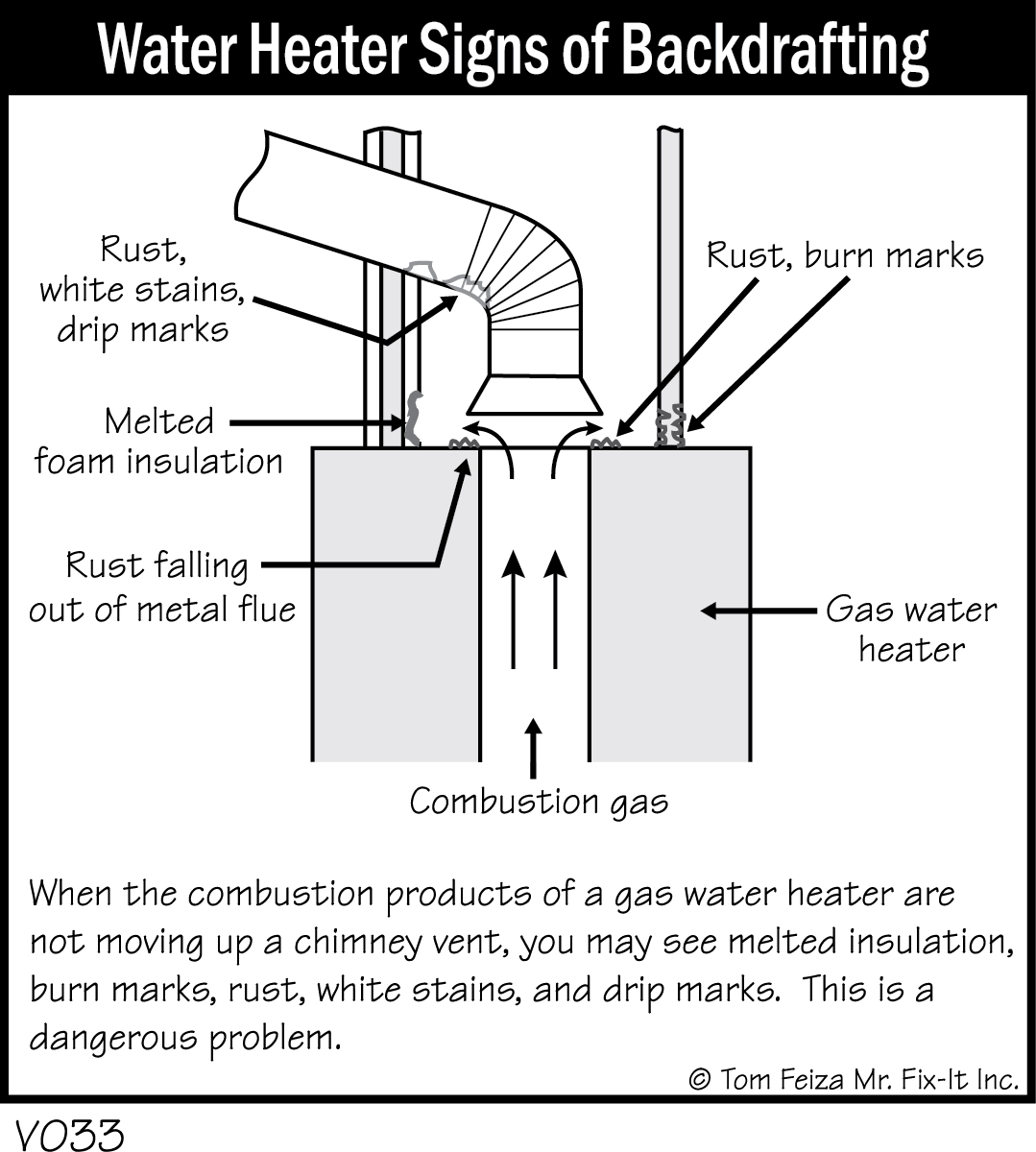
Also, know the symptoms of CO poisoning. Initial symptoms are similar to the flu without fever: dizziness, nausea, fatigue, headache and irregular breathing. If you have these symptoms at home and then feel better when you go outside your home, suspect a problem. If all the members of your family have similar symptoms at similar times, suspect a problem.
You can also help protect your family with a CO detector. Buy one similar to a smoke detector. It should have a loud audio alarm. Do not rely on detectors with small dots that turn black when exposed to CO—how often will you look at the dots? Select a top-of-the-line alarm with a digital CO readout so you can monitor the level in your home.
The best location for a CO detector is on a wall in your sleeping area, about 5 feet from the floor. Place it where you will see it every night before you go to bed so you will remember to check the level.
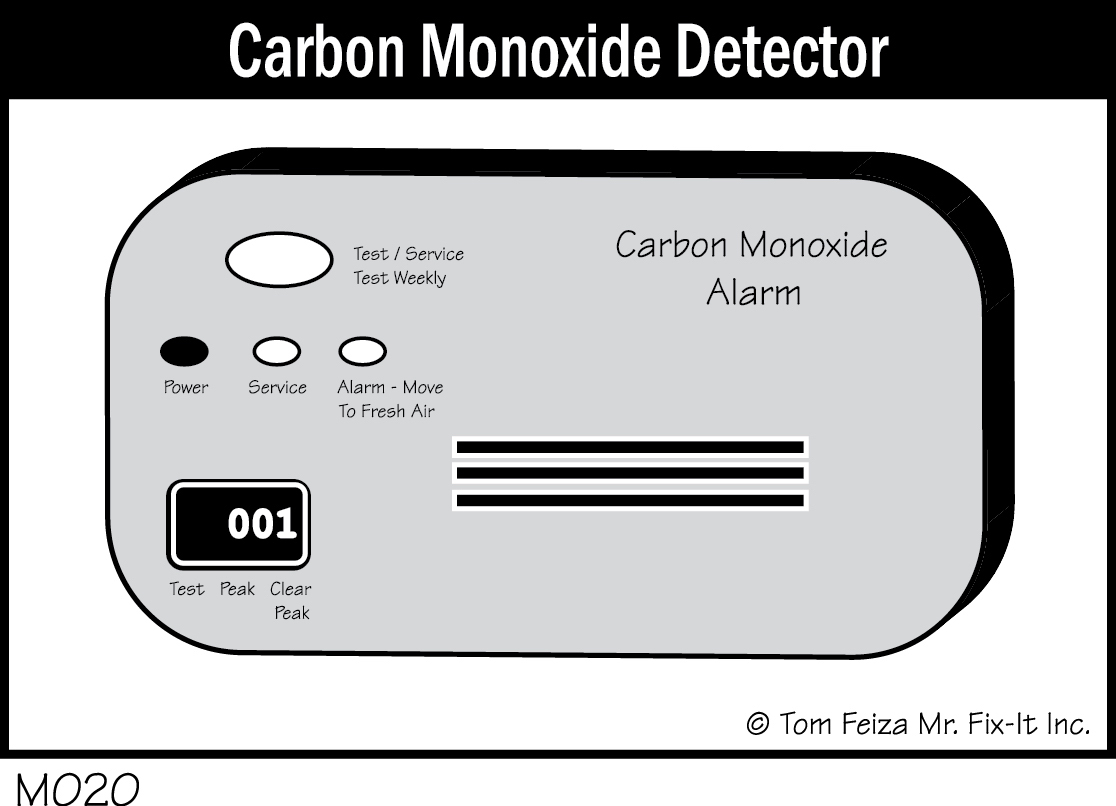
Mold and Mildew
Since about 1990, mold has become a serious concern for homeowners. The news media present graphic stories of sick homeowners and homes that must be torn down because of mold contamination. In recent years that message has been reinforced by more and more stories. Some people are even concerned with the small black dots that may appear from time to time in caulk around the bathtub.
Is mold a real problem? Every homeowner needs to think through this issue relative to his or her own home. Mold has been around forever, but recently it has become a big issue. Why? Is it really an important issue?
Recent government and scientific studies have found that mold poses a threat to those who have breathing problems, allergies, or weakened immune systems. Government studies also show that mold does not normally affect healthy people.
We certainly don’t want to be exposed to mold and risk our health. So, what do we do? Avoid the conditions that cause mold to grow: moisture, warmer temperatures, and a food source.
Mold is everywhere—inside and outside your home. Mold helps turn leaves and grass back into soil. The green growth on the north side of the tree trunk is—you guessed it—mold.
What Has Changed? Why is it a problem now?
Older homes are big energy wasters. Air and heat move easily though old homes. Air movement and heat easily dry out old homes if they become wet. (Want to dry your hair? Blow hot air on it.)
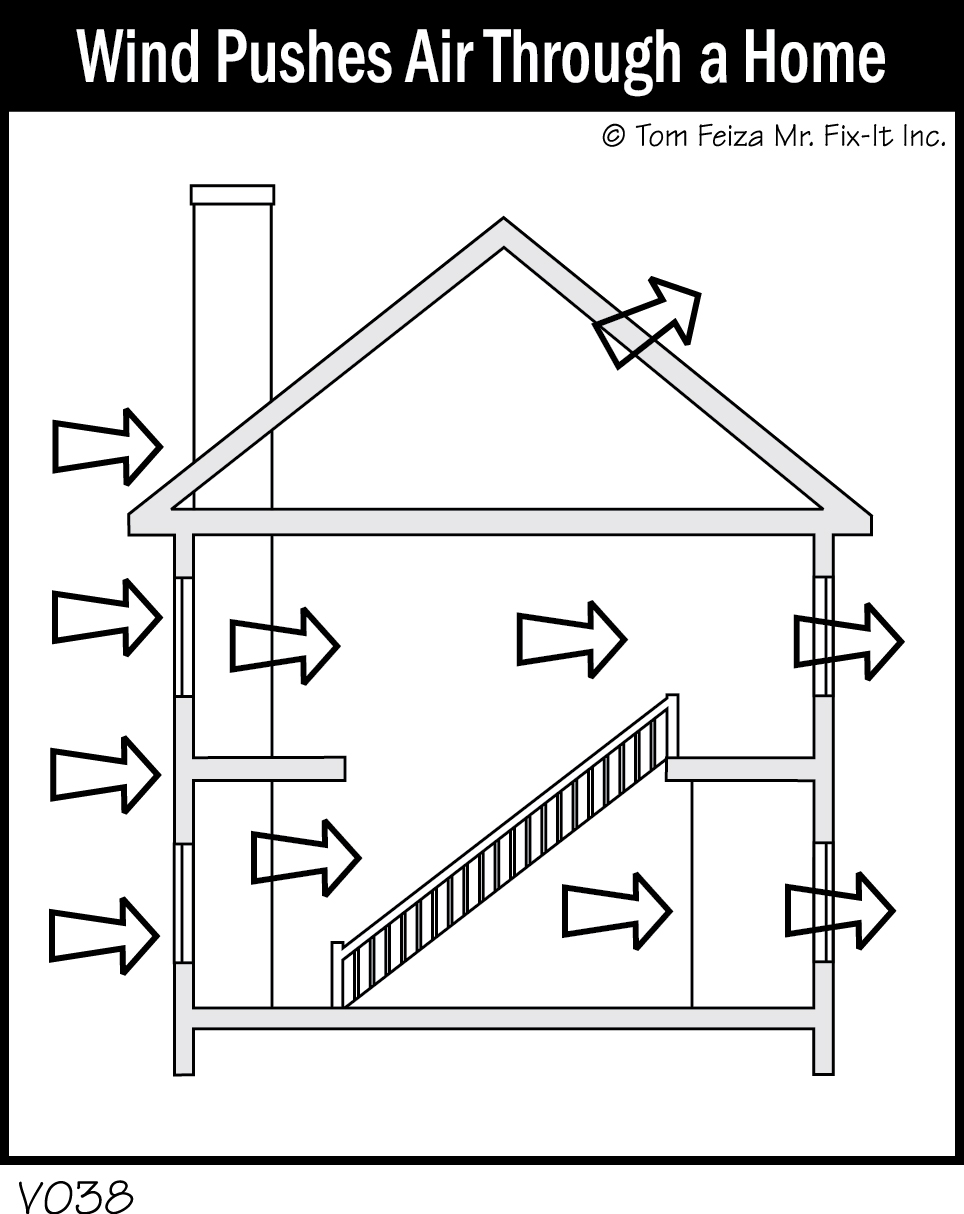
Newer homes are tight—wrapped in air barriers and moisture retarders with tight insulation. We have stopped the air movement and heat loss, but now these homes don’t dry out. If new homes get wet and don’t dry out, there is the potential for mold.
Our First Defense
Our first defense is to keep our homes dry. Without moisture, mold will not grow. This means we can’t allow excessive condensation, roof leaks, or plumbing leaks; and if surfaces do get wet, we need to dry them as soon as possible. If soft materials become wet, they should be removed.
What to do if you suspect mold
Look for visible mold growth. Search for areas with a noticeable mold odor. Look for signs of water stains, leaks, standing water, or condensation. Eliminate the water and stop the mold. Most government agencies don’t recommend more extensive testing because a simple visual inspection can confirm whether there is a mold or moisture problem. There are no accepted standards for testing and exposure levels for mold. There are no standards relating health issues to levels of exposure. Your best bet is to find the moisture problem, eliminate the moisture, and clean up any mold.
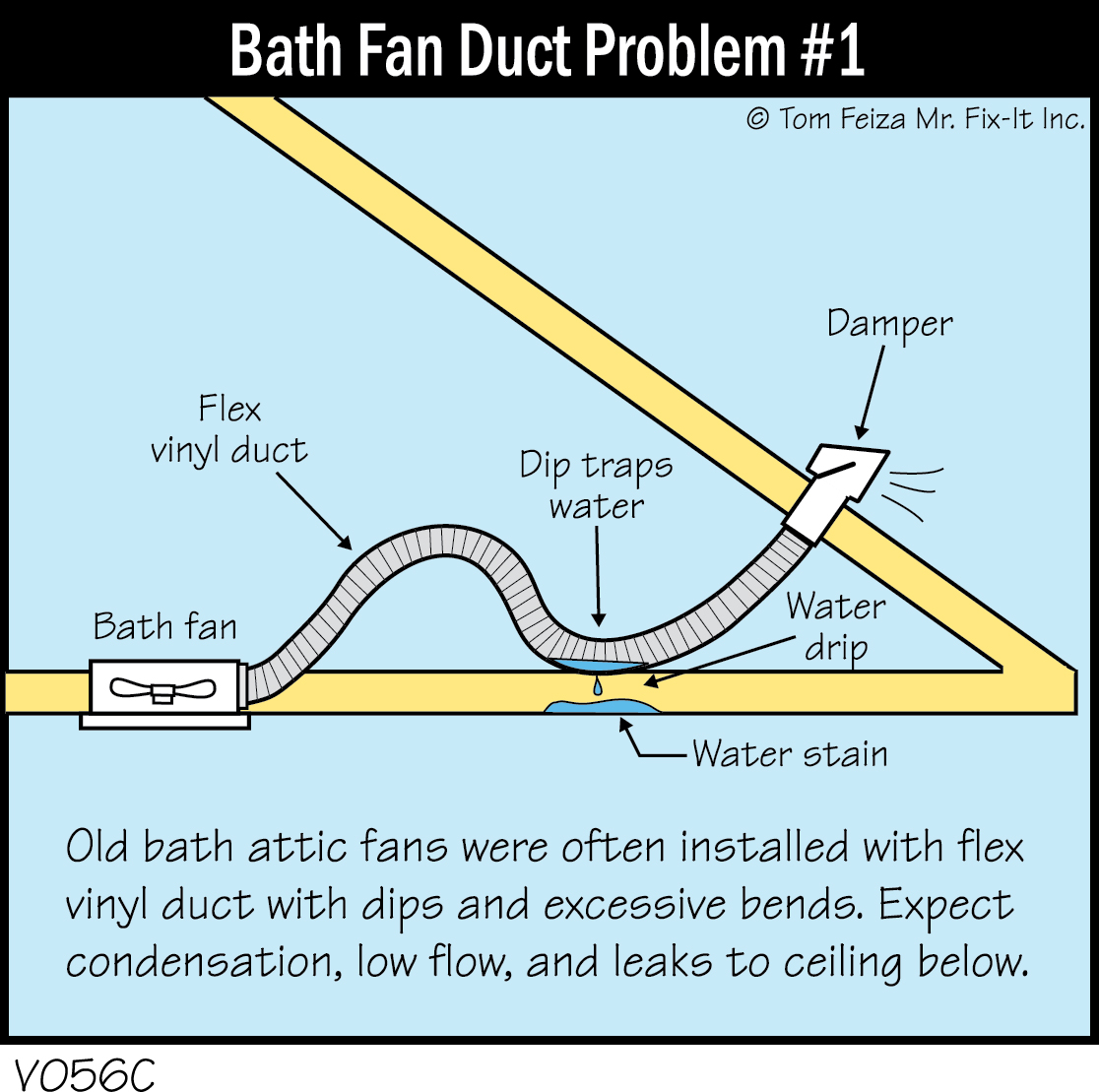
Mold Information – Resources
For good information on investigation, testing, and mold removal, I suggest the following resources:
- Minnesota Department of Health
www.health.state.mn.us - Building Science Corporation
www.buildingscience.com - The New York City Health Department
https://www1.nyc.gov/site/doh/index.page - Forest Products Laboratory
https://www.fpl.fs.fed.us/ - Environmental Protection Agency
www.epa.gov - Wisconsin Department of Health Services
https://www.dhs.wisconsin.gov/
